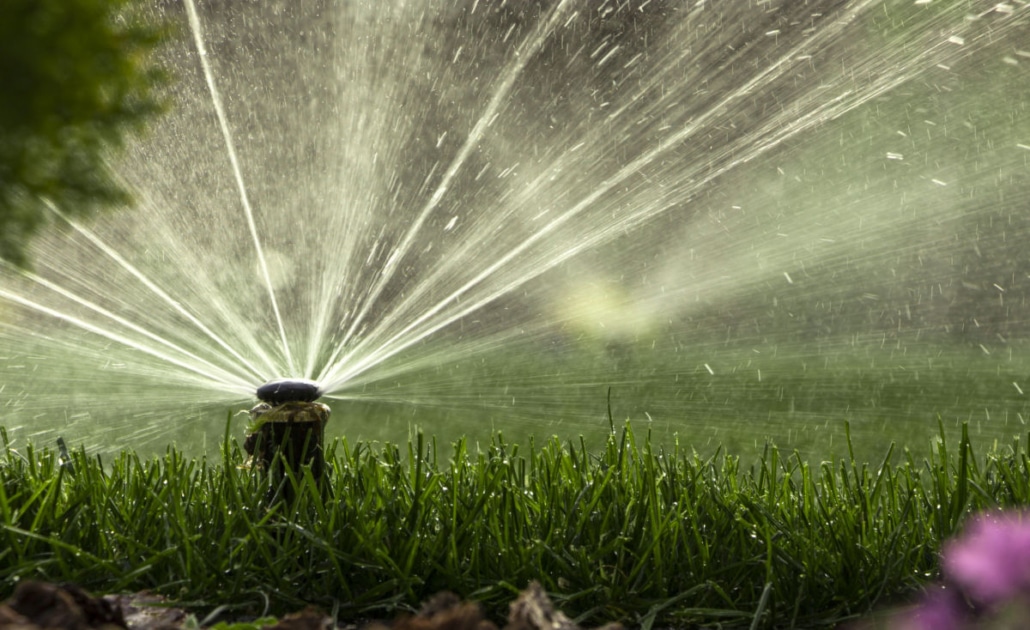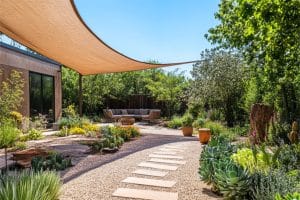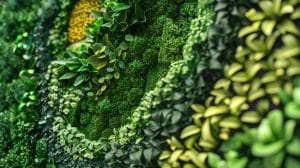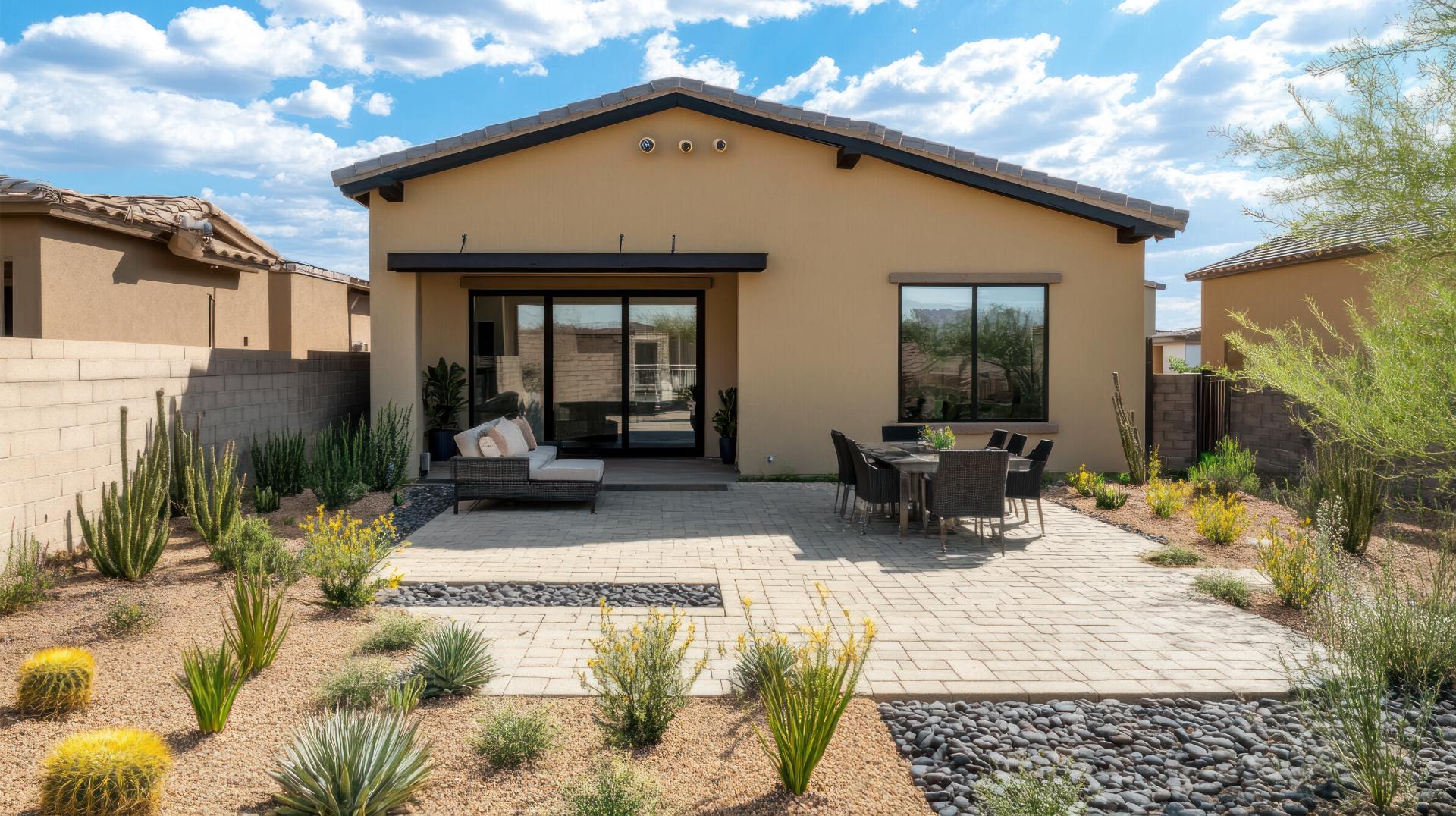Whether you own a home or a business, your landscape includes a mix of grass, trees, bushes, and flowers. With an automated sprinkler system, you can deliver water in various ways to your landscape. Installing a lawn sprinkler system can help provide a beautiful landscape that will make you proud.
Several different types of irrigation sprinklers provide unique features for watering your landscape. The type of sprinkler head you want to use depends mainly on the size of the terrain you’re watering.
When you need garden cleaning services in Green Valley, NV, count on your team of professionals at Cacti Landscapes to deliver results. Understanding the options available to maximize your landscape’s needs can prove challenging, but we’re here to help.
So what are the different types of irrigation sprinklers? Read on to learn more about the types of sprinkler systems and how to use each one effectively.
Different Types of Irrigation Sprinklers
There are three main types of irrigation sprinklers, each with its benefits and ideal landscaping uses. Here’s a description with recommendations for how and when to use them.
Spray Irrigation
Spray irrigation mainly comes in two forms: static and rotary sprinkler heads. Static sprayers, such as pop-up heads and risers, are the most common type. These systems spray water in a pattern for a targeted, consistent water delivery to your grass and flowers.
Static heads and risers with a fixed spray are ideal for small to medium-sized lawns and planting beds. However, they can sometimes be inefficient because the farther out the spray travels, the more velocity the water loses. This situation results in a mist that can be ineffective even in only a slight breeze.
Rotary heads with multiple stream nozzles are often the better option for a large landscape area. They rotate up to 360 degrees to spray water over a given area and generate increased water pressure to propel it over various distances. Furthermore, the concentrated spray patterns reduce misting.
Bubbler Irrigation
Bubbler irrigation is a more localized way of watering than a traditional spray head. Instead of spraying water in the air, bubbler systems introduce water directly at the ground level. As a result, bubblers deliver water to a targeted spot or small area of your landscape.
Bubblers are most commonly used with trees, especially young ones still establishing their roots, in addition to shrubs or ornamental plants that require direct watering at the root ball. However, they’re not optimal for grass because they cover so little ground.
Bubbler systems perform best on level ground with arid soils that can handle the high density of water delivery. Because so much water flows into a small region, the water soaks deeply and helps promote vigorous root growth. That’s why these systems are best for use with trees.
Bubbler irrigation intends to collect water in a specific area for a deep soak. While the bubbler system is running, expect to see standing water until the water can sink into the soil. Bubblers also commonly replace certain spray heads in a zone with grass, trees, and even specialty plants.
Because bubblers are used for specific purposes, they aren’t a substitute for more traditional irrigation methods, making any pros or cons irrelevant. However, as long as the ground is relatively level and there is a need for very targeted ground watering, bubblers are an excellent option.
Drip Irrigation
A drip irrigation system, like bubblers, delivers water directly at ground level, but that’s where the similarities stop. Drip systems are almost always in their dedicated zone because of the run-time necessary to maximize their effectiveness.
Drip tubing has evenly-spaced emitters, which slow the water delivery to droplets. As a result, the water droplets get slowly introduced to the soil, allowing maximum absorption without pooling.
Although drip systems typically require watering times that are 3-4 times longer than traditional heads, they still don’t consume a large amount of water. With almost no water waste and extremely efficient soil water delivery, drip irrigation is ideal for hot and dry climates or where drought conditions may regularly occur.
In many cities and counties in areas that experience drought conditions, drip irrigation is exempt from watering restrictions. This exemption allows the property owner to water whenever they want to, which is an excellent benefit of this type of irrigation. Out of the different types of irrigation sprinklers, this one provides the most flexibility for your watering schedule.
Contact Cacti Landscapes for Irrigation Services Today!
As you can see, there are numerous options for irrigation, and you aren’t stuck choosing just one. Some lawns and yards may benefit from different types of irrigation sprinklers. Likewise, the best system for your grass is not necessarily ideal for your larger plants or flowers.
However, your local landscaping experts at Cacti Landscapes can answer any questions about your sprinkler system. So whether you need landscape design and installation, maintenance, plant care, olive tree spraying, or sprinkler system repair in Las Vegas, NV, you can depend on Cacti Landscapes for the highest quality service. Contact us today to learn more about our wide range of landscaping services!














